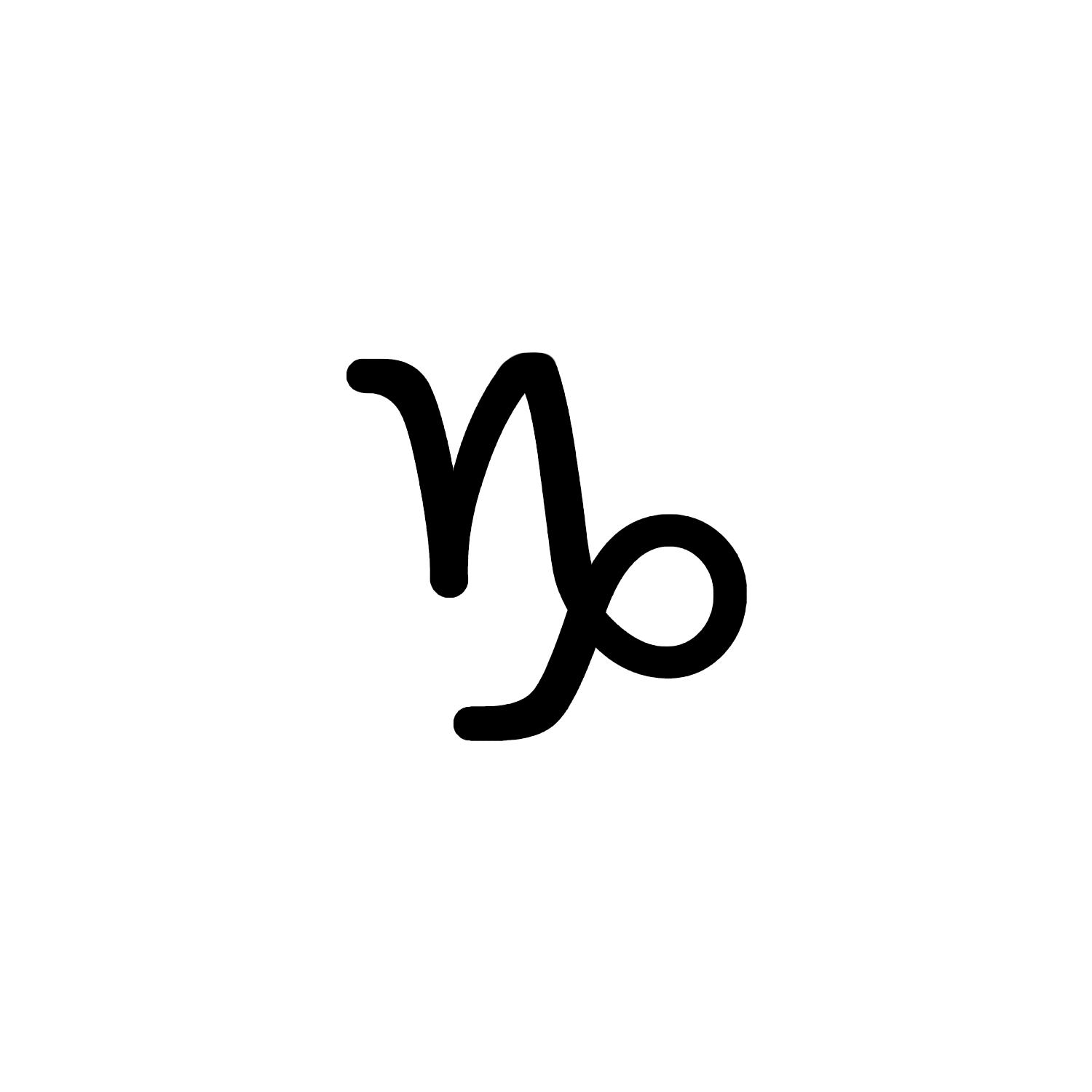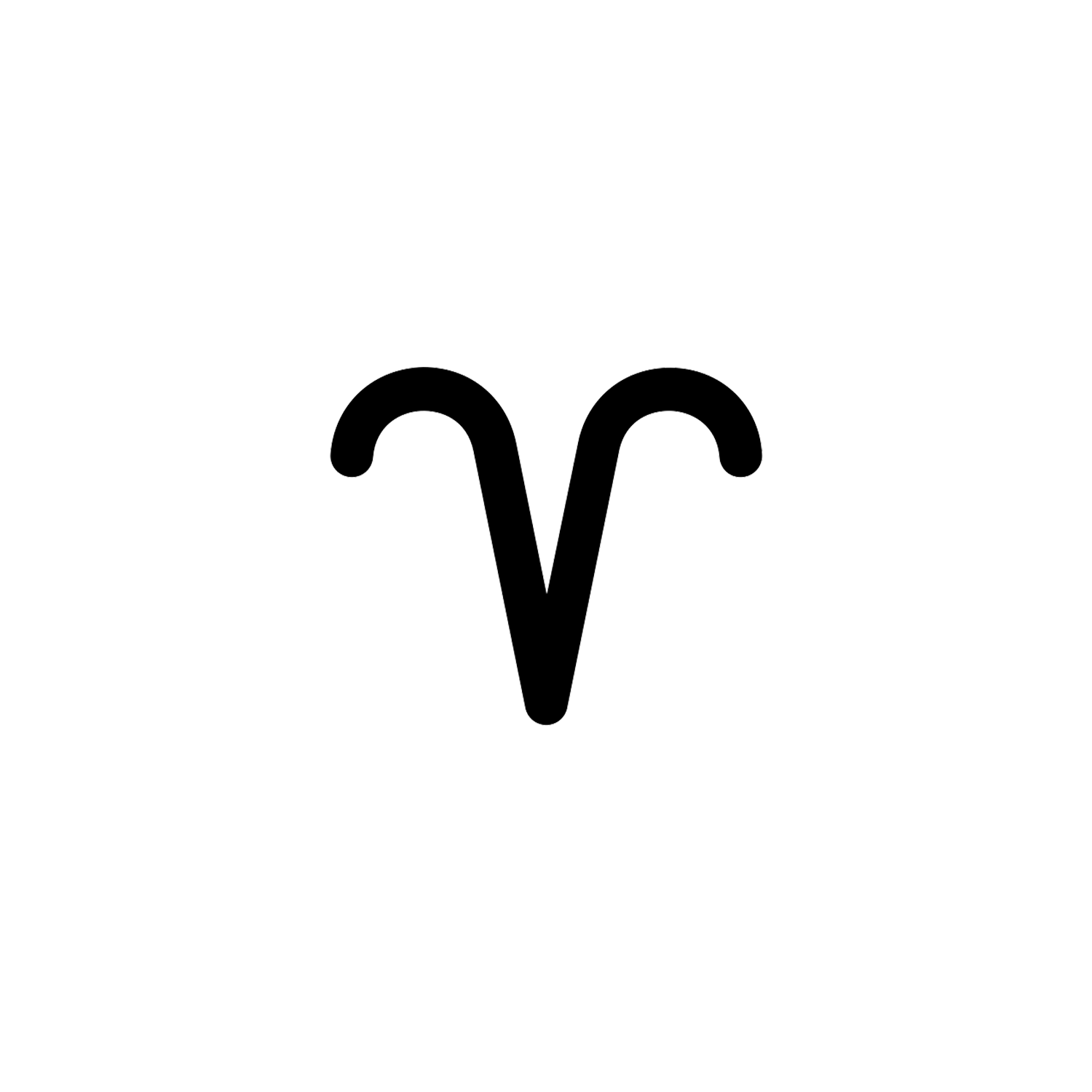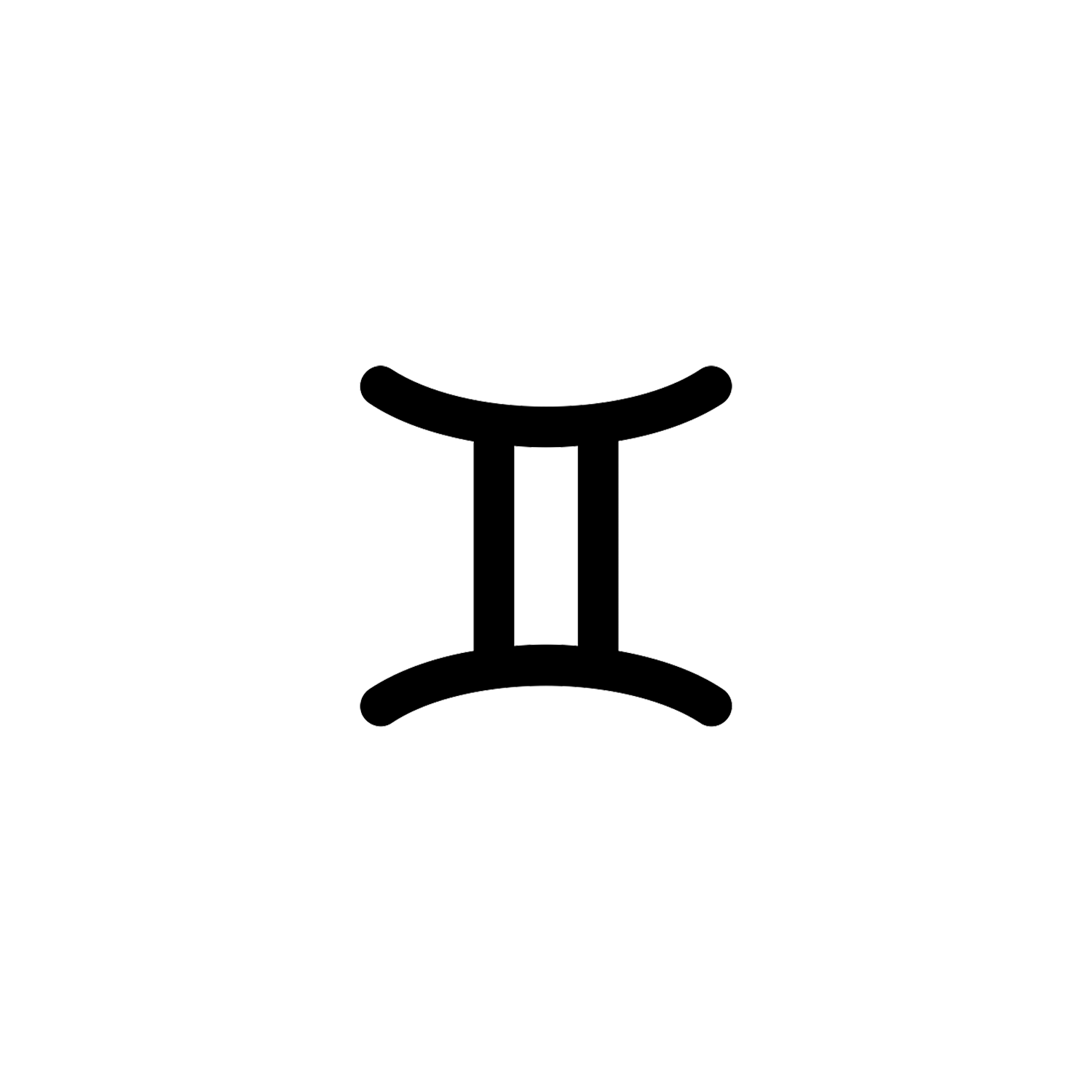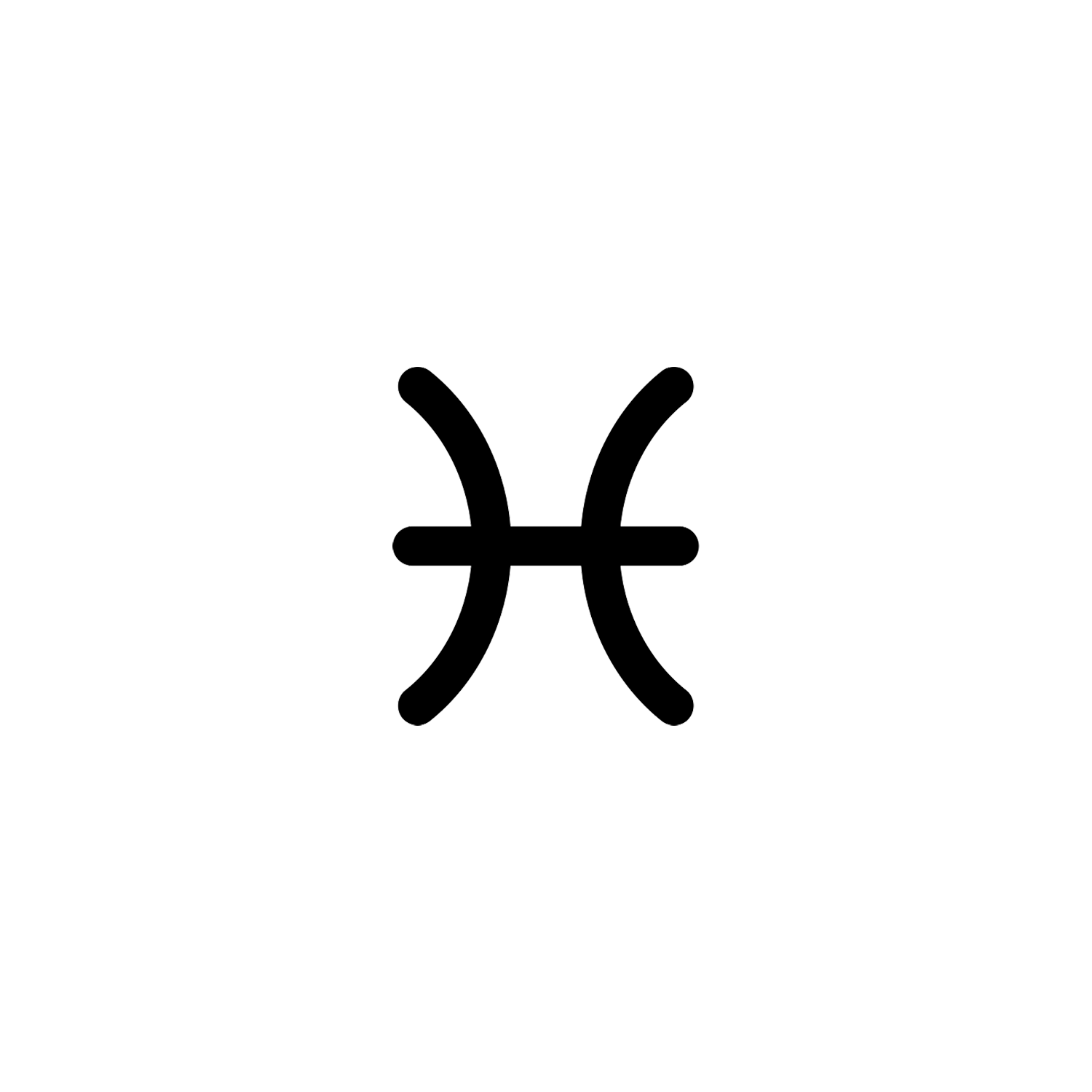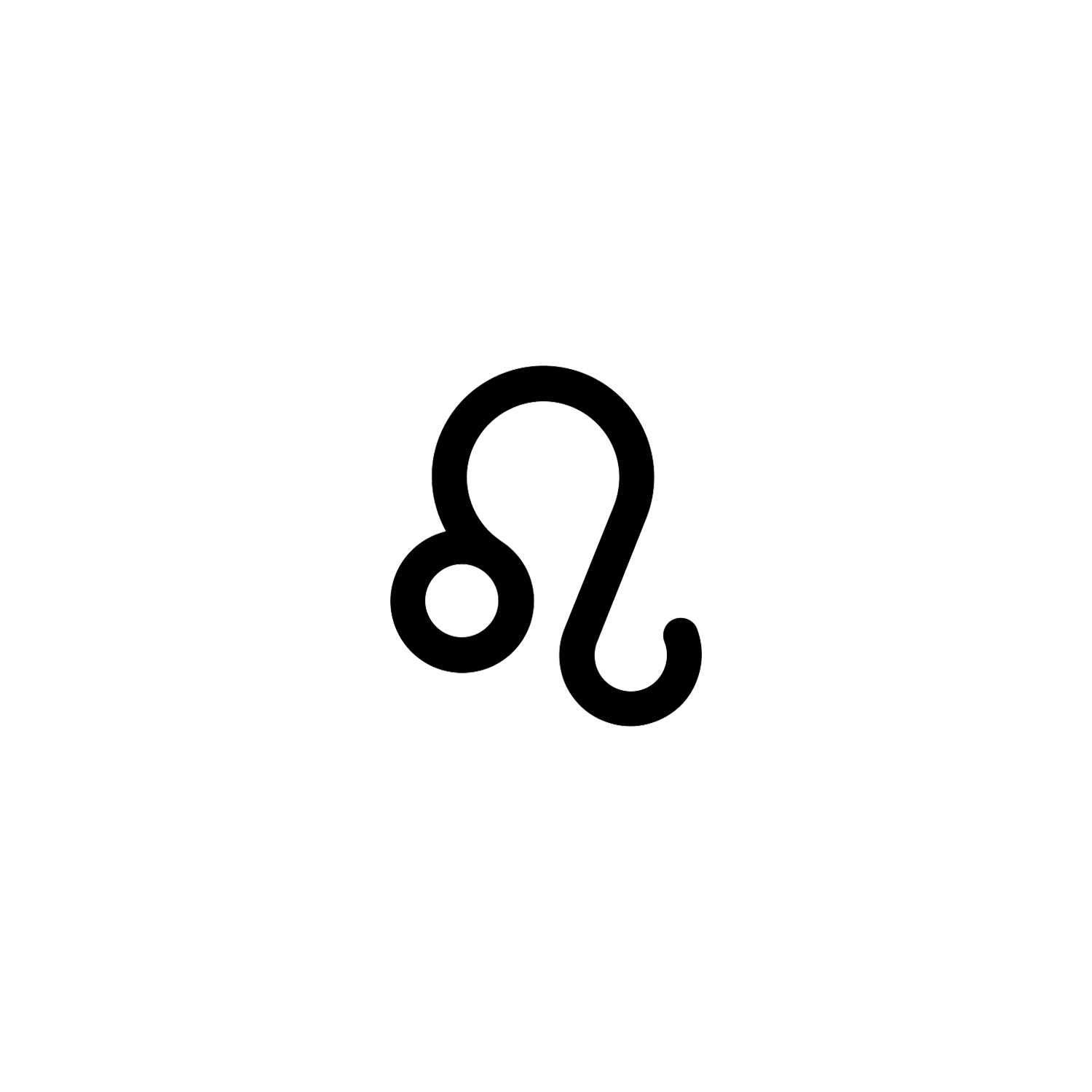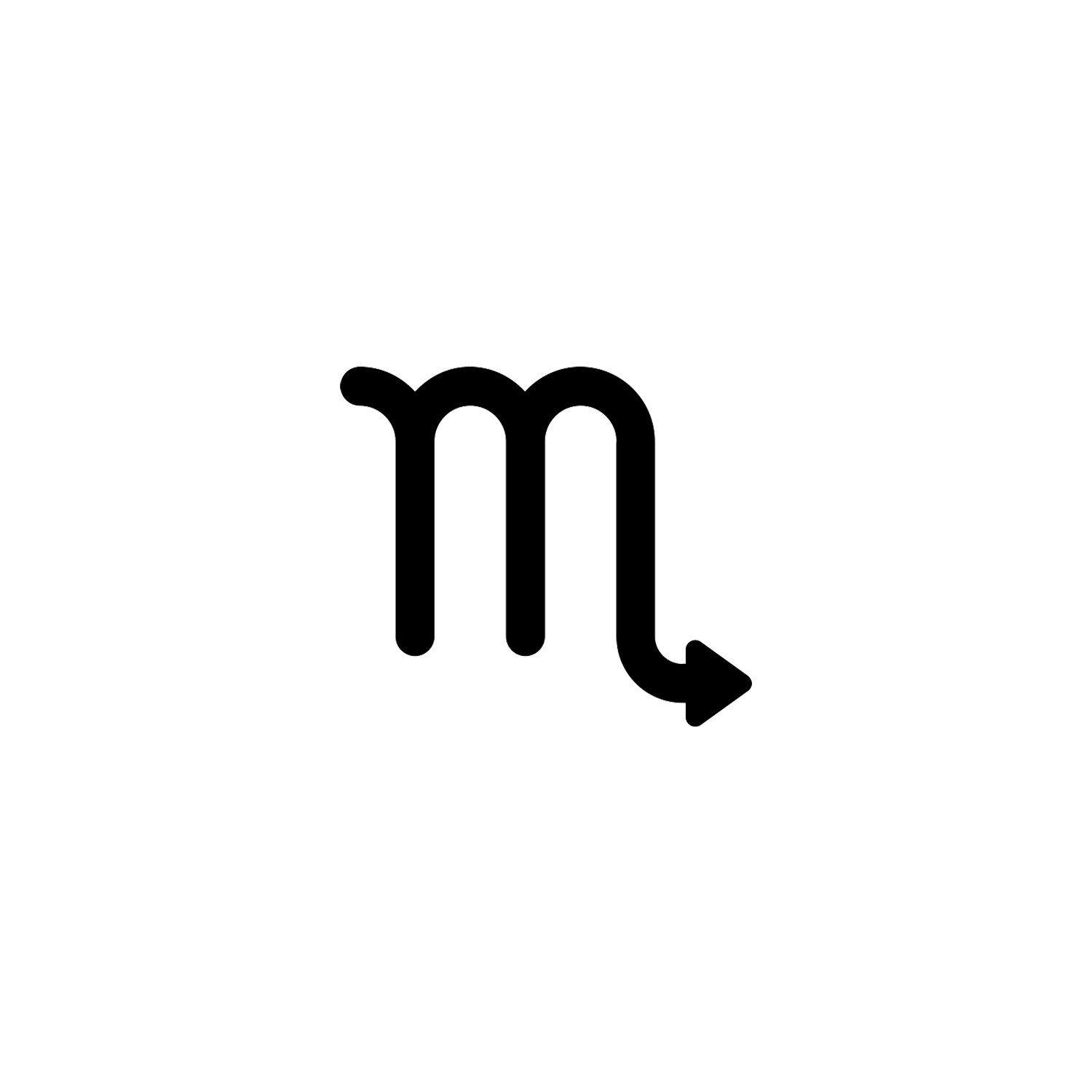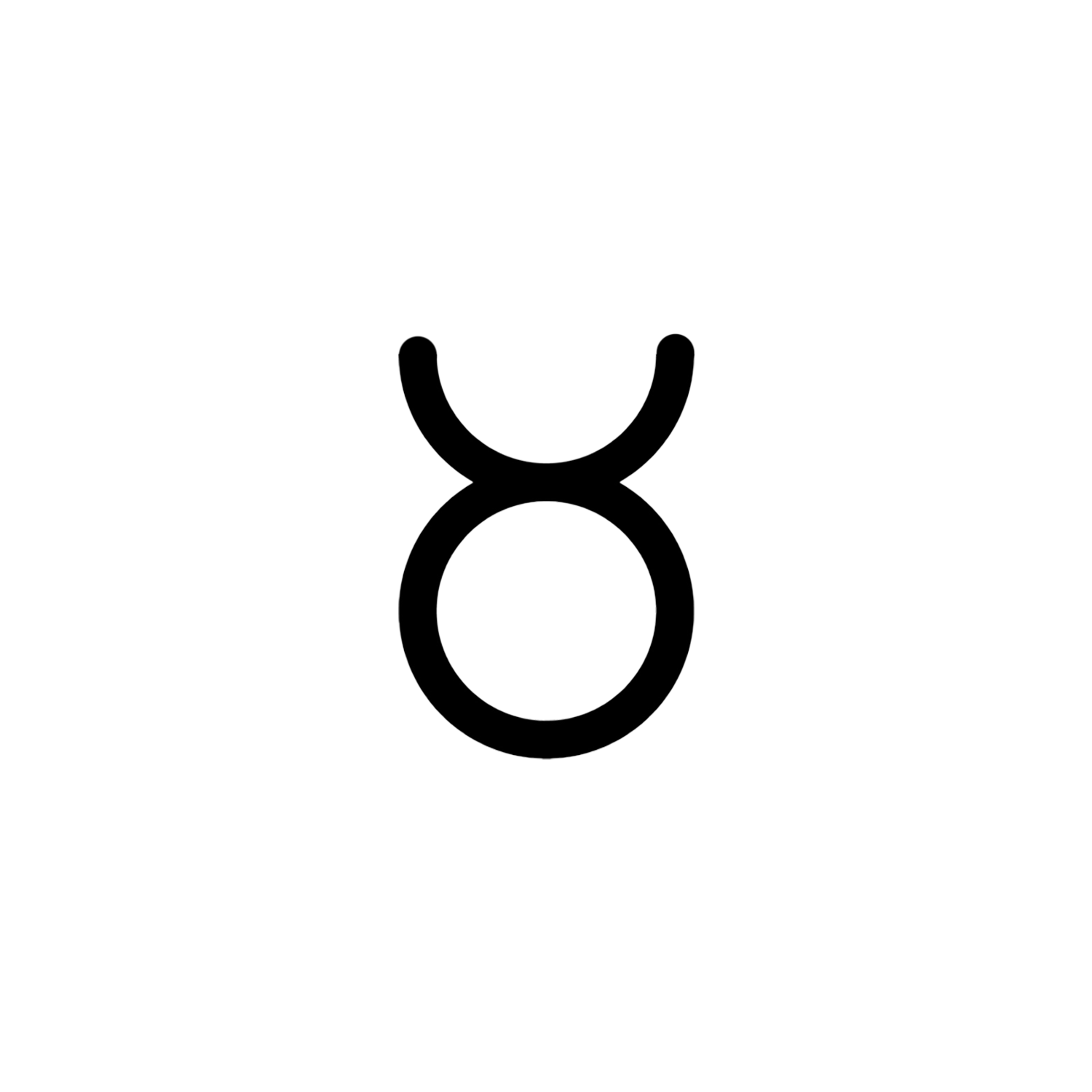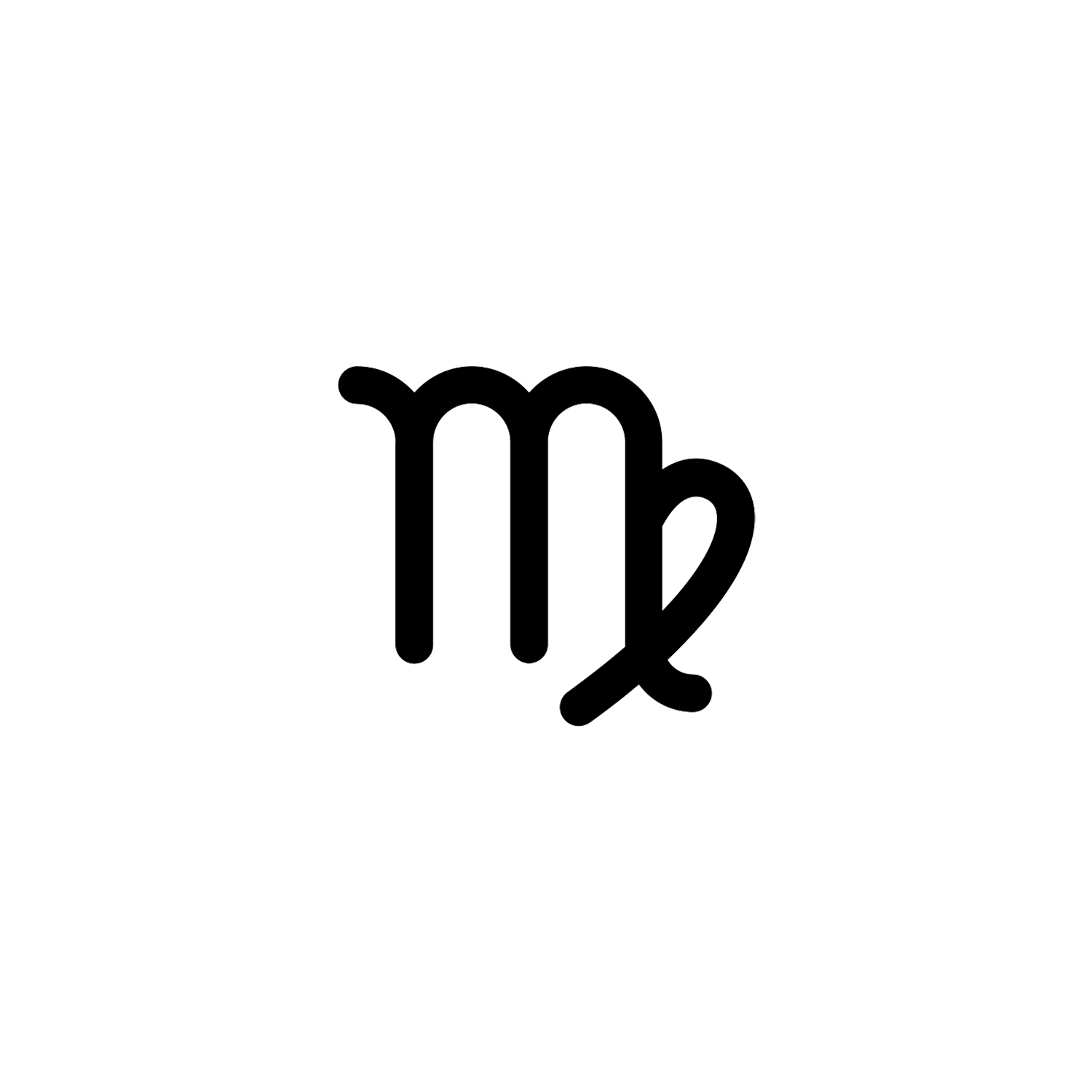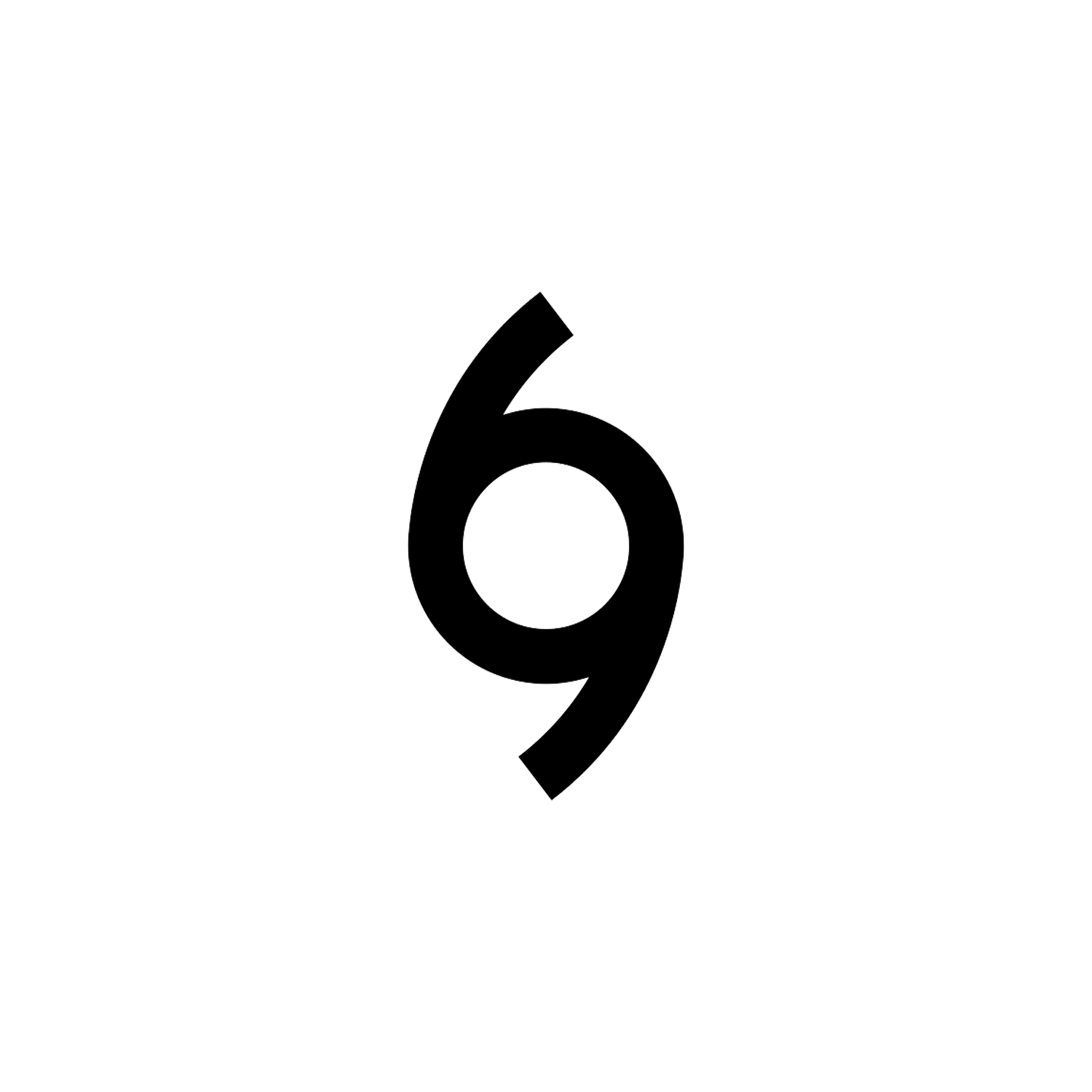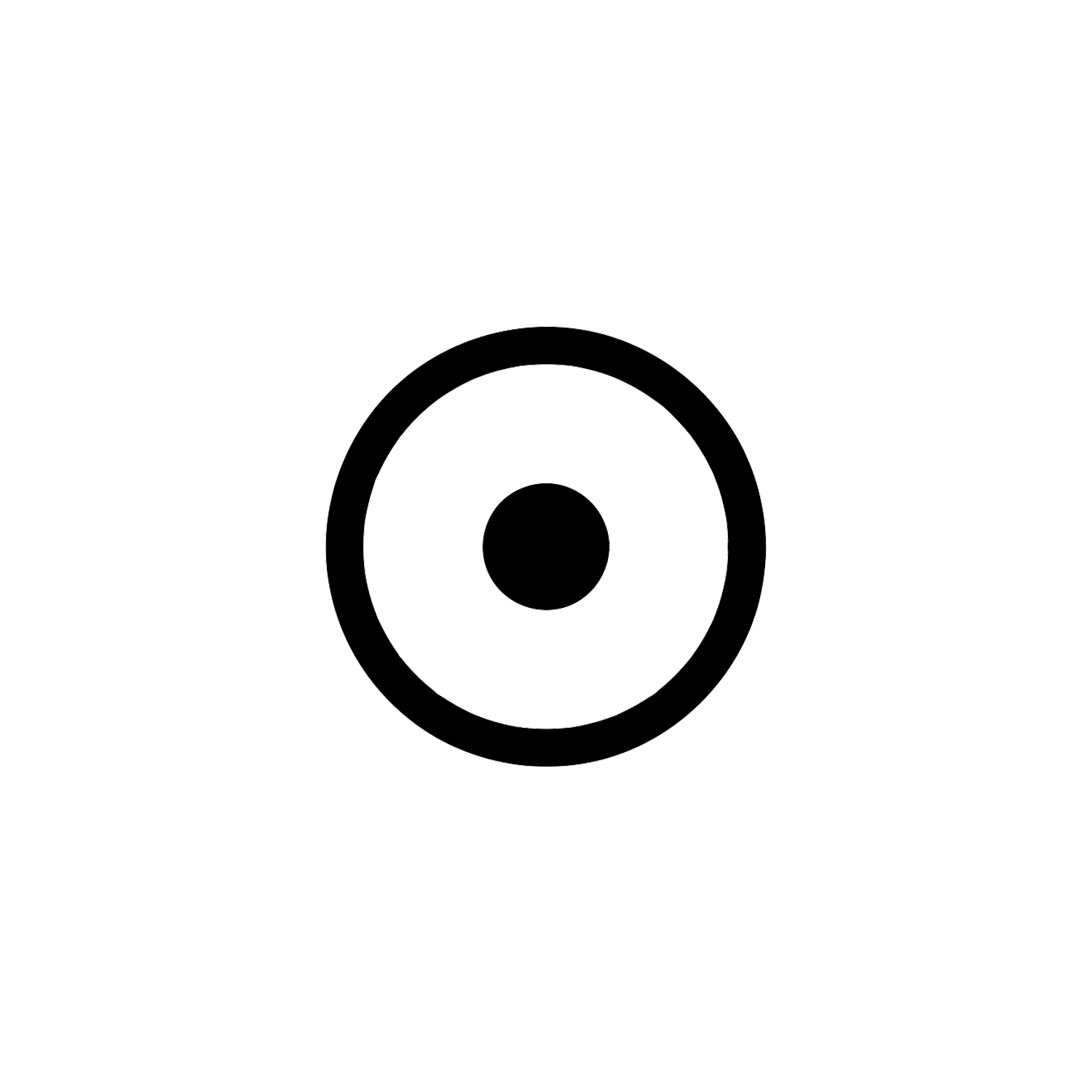Ophiuchus
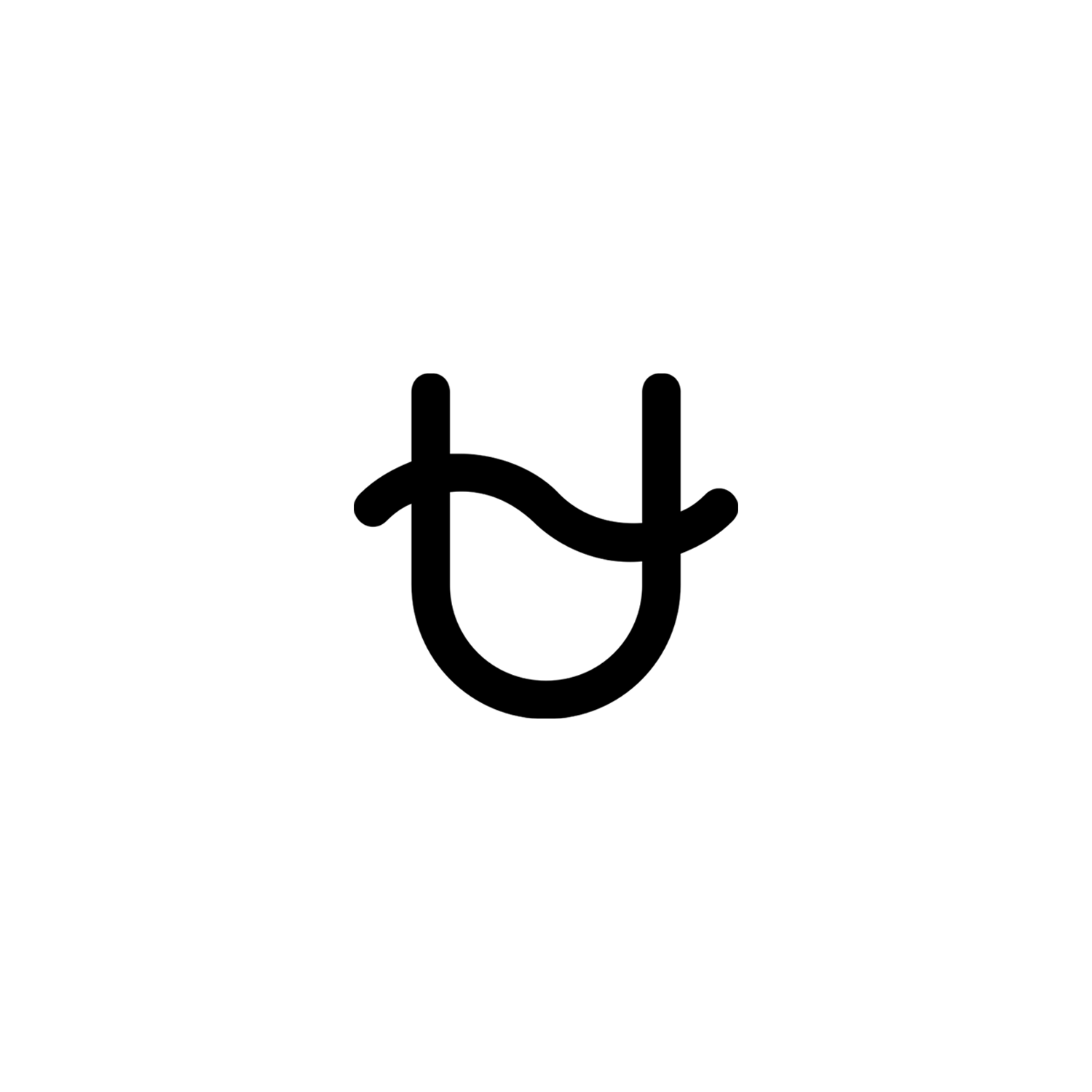

Ophiuchus
Sometimes referred to as the “13th zodiac sign”.
Overview
Ophiuchus (/ˌɒfiˈjuːkəs/; Ancient Greek: Ὀφιοῦχος, lit. ’Serpent-bearer’;) has sometimes been suggested in sidereal astrology as a 13th astrological sign in addition to the 12 signs of the tropical zodiac. The constellation Ophiuchus, as defined by the 1930 International Astronomical Union’s constellation boundaries, is situated behind the Sun from November 29 to December 18.[1]
The idea appears to have originated in 1970 with Steven Schmidt’s suggestion of a 14-sign zodiac, also including Cetus as a sign. A 13-sign zodiac has been promulgated by Walter Berg and by Mark Yazaki in 1995, a suggestion that achieved some popularity in Japan, where Ophiuchus is known as Hebitsukai-za (蛇遣座, “The Serpent Bearer”).
However, in sidereal and tropical astrology (including sun sign astrology), a 12-sign zodiac is based on dividing the ecliptic into 12 equal parts rather than the IAU constellation boundaries. That is, astrological signs do not correspond to the constellations which are their namesakes, particularly not in the case of the tropical system where the divisions are fixed relative to the equinox, moving relative to the constellations.[2][3]

The constellation is described in the astrological poem of Marcus Manilius as the one that winds in loops: “But, bending its supple neck, the serpent looks back and returns: and the other’s hands slide over the loosened coils. The struggle will last forever, since they wage it on level terms with equal powers”.[4]
Later in his poem, he describes the astrological influence of Ophiuchus, when the constellation is in its rising phase, as one which offers affinity with snakes and protection from poisons, saying “he renders the forms of snakes innocuous to those born under him. They will receive snakes into the folds of their flowing robes, and will exchange kisses with these poisonous monsters and suffer no harm”.[5]
A later 4th century astrologer, known as Anonymous of 379, associated “the bright star of Ophiuchus”, Ras Alhague (α Ophiuchi), with doctors, healers or physicians (ἰατρῶν), which may have been because of the association between poisons and medicines.[6]
Based on the 1930 IAU constellation boundaries, suggestions that there are “13 astrological signs” because “the Sun is in the sign of Ophiuchus” between November 30 and December 18 have been published since at least the 1970s.[7]
In 1970, Steven Schmidt in his Astrology 14 advocated a 14-sign zodiac, introducing Ophiuchus (December 6 to December 31) and Cetus (May 12 to June 6) as new signs.[8][9] Within 20th-century sidereal astrology, the idea was taken up by Walter Berg in the form of his book, The 13 Signs of the Zodiac (1995).
In January 2011, a statement by Parke Kunkle, an astronomer at the Minnesota Planetarium Society,[10] repeated the idea of “the 13th zodiac sign Ophiuchus” which made some headlines in the popular press.[11]


Astrology
Ophiuchus is one of the thirteen constellations that cross the ecliptic.[12] It has sometimes been suggested as the “13th sign of the zodiac”. However, this confuses zodiac or astrological signs with constellations.[13] The signs of the zodiac are a twelve-fold division of the ecliptic, so that each sign spans 30° of celestial longitude, approximately the distance the Sun travels in a month, and (in the Western tradition) are aligned with the seasons so that the March equinox always falls on the boundary between Pisces and Aries.[14][15]
Constellations, on the other hand, are unequal in size and are based on the positions of the stars. The constellations of the zodiac have only a loose association with the signs of the zodiac, and do not in general coincide with them.[16]
In astrology the constellation of Aquarius, for example, largely corresponds to the sign of Pisces. Similarly, the constellation of Ophiuchus occupies most (29 November – 18 December[17]) of the sign of Sagittarius (23 November – 21 December). The differences are due to the fact that the time of year that the Sun passes through a particular zodiac constellation’s position has slowly changed (because of the precession of the Earth’s rotational axis) over the centuries from when the Babylonians originally developed the Zodiac.[18][19]
In Western astrology, the polarity divides the zodiac in half and refers to the alignment of a sign’s energy as either positive or negative, with various attributes associated to them as a result.[20]
Positive polarity signs, also called active, yang, expressive, or masculine signs, are the six odd-numbered signs of the zodiac: Aries, Gemini, Leo, Libra, Sagittarius, and Aquarius. Positive signs make up the fire and air triplicities.[21][22]
Negative polarity signs, also called passive, yin, receptive, or feminine signs,[23] are the six even-numbered signs of the zodiac: Taurus, Cancer, Virgo, Scorpio, Capricorn, and Pisces. Negative signs make up the earth and water triplicities.[24]

Astronomy
Ophiuchus (/ˌɒfiˈjuːkəs/) is a large constellation straddling the celestial equator. Its name comes from the Ancient Greek ὀφιοῦχος (ophioûkhos), meaning “serpent-bearer”, and it is commonly represented as a man grasping a snake. The serpent is represented by the constellation Serpens. Ophiuchus was one of the 48 constellations listed by the 2nd-century astronomer Ptolemy, and it remains one of the 88 modern constellations.
An old alternative name for the constellation was Serpentarius (/ˌsɜːrpənˈtɛəriəs/).[25]
Ophiuchus lies between Aquila, Serpens, Scorpius, Sagittarius, and Hercules, northwest of the center of the Milky Way. The southern part lies between Scorpius to the west and Sagittarius to the east.[26][27] In the northern hemisphere, it is best visible in summer.[28] It is opposite of Orion. Ophiuchus is depicted as a man grasping a serpent; the interposition of his body divides the snake constellation Serpens into two parts, Serpens Caput and Serpens Cauda. Ophiuchus straddles the equator with the majority of its area lying in the southern hemisphere.

There is no evidence of the constellation preceding the classical era, and in Babylonian astronomy, a “Sitting Gods” constellation seems to have been located in the general area of Ophiuchus. However, Gavin White proposes that Ophiuchus may in fact be remotely descended from this Babylonian constellation, representing Nirah, a serpent-god who was sometimes depicted with his upper half human but with serpents for legs.[29]
The earliest mention of the constellation is in Aratus, informed by the lost catalogue of Eudoxus of Cnidus (4th century BCE):[30]
To the Phantom’s back the Crown is near, but by his head mark near at hand the head of Ophiuchus, and then from it you can trace the starlit Ophiuchus himself: so brightly set beneath his head appear his gleaming shoulders. They would be clear to mark even at the midmonth moon, but his hands are not at all so bright; for faint runs the gleam of stars along on this side and on that. Yet they too can be seen, for they are not feeble. Both firmly clutch the Serpent, which encircles the waist of Ophiuchus, but he, steadfast with both his feet well set, tramples a huge monster, even the Scorpion, standing upright on his eye and breast. Now the Serpent is wreathed about his two hands – a little above his right hand, but in many folds high above his left.[31]
To the ancient Greeks, the constellation represented the god Apollo struggling with a huge snake that guarded the Oracle of Delphi.[32]
Later myths identified Ophiuchus with Laocoön, the Trojan priest of Poseidon, who warned his fellow Trojans about the Trojan Horse and was later slain by a pair of sea serpents sent by the gods to punish him.[33]
According to Roman era mythography,[34] the figure represents the healer Asclepius, who learned the secrets of keeping death at bay after observing one serpent bringing another healing herbs.
To prevent the entire human race from becoming immortal under Asclepius‘ care, Jupiter killed him with a bolt of lightning, but later placed his image in the heavens to honor his good works. In medieval Islamic astronomy (Azophi’s Uranometry, 10th century), the constellation was known as Al-Ḥawwa’, “the snake-charmer”.[35]
Aratus describes Ophiuchus as trampling on Scorpius with his feet. This is depicted in Renaissance to Early Modern star charts, beginning with Albrecht Dürer in 1515; in some depictions (such as that of Johannes Kepler in De Stella Nova, 1606), Scorpius also seems to threaten to sting Serpentarius in the foot.

This is consistent with Azophi, who already included ψ Oph and ω Oph as the snake-charmer’s “left foot”, and θ Oph and ο Oph as his “right foot”, making Ophiuchus a zodiacal constellation at least as regards his feet.[36] This arrangement has been taken as symbolic in later literature and placed in relation to the words spoken by God to the serpent in the Garden of Eden (Genesis 3:15).[37]
Differences between Astrology and Astronomy
Astrological signs are now only used in astrology to tell fortunes and describe people’s characters. Zodiac constellations are the subject of astronomy. Previously, they marked the passage of time and the seasons for ancient people and helped create calendars. Even now, they are used for marine navigation and astronomical observations. For instance, they are especially useful for amateur astronomers as reference points to locate planets.
Astrology is a pseudoscience.[38] Scientific investigations of the theoretical[39] basis and experimental verification of claims[40] have shown it to have no scientific validity or explanatory power. More plausible explanations for the apparent correlation between personality traits and birth months exist, such as the influence of seasonal birth in humans.
The zodiac signs’ dates are now about a month ahead of when the Sun meets the corresponding constellations. These dates were established more than two thousand years ago, but today things changed. For example, Aries now meets the Sun around April 19 (the exact date depends on the year and your timezone) instead of the astrological date of March 21. So, most people who think of themselves as Aries were born when the Sun was in Pisces.
The reason for this time shift is the axial precession of the Earth. Our planet is like a spinning top: it’s flattened at the poles and bulges at the equator, pulled by the Moon and Sun. So, it wobbles as it spins, tracing a cone of 23.5° radius with its axis. The wobble is called the precession of the Earth’s axis, or the precession of the equinoxes. Each spin lasts one day, but each gyration around the cone takes 25,800 years. The movement slowly alters the view of the zodiac from the Earth, making the constellations appear to slide to the east about 1° per human lifetime.
Moreover, just as in ancient times, now the Sun passes through the 13th constellation Ophiuchus that we mentioned above. So, no zodiac constellation meets the Sun from around November 30 to December 17, but, in astrology, these days belong to the sign Sagittarius.
It’s the astronomical view of things. Astrologers defend themselves by saying that they use the tropical zodiac, which is fixed to seasons, not the position of constellations. So, it’s your choice to believe whether you are Aries or Pisces, Sagittarius or Ophiuchus.

There are twelve constellations that roughly correspond to the traditional zodiac signs and are recognized as members of the zodiac family: Aries, Taurus, Gemini, Cancer, Leo, Virgo, Libra, Scorpius, Sagittarius, Capricornus, Aquarius, Pisces.
They are called “zodiac” on behalf of tradition. Beyond that, there is no reason why they are grouped this way.
Astrologers say that during the dates of a zodiac sign, the Sun is “in” the corresponding constellation. Over a year, the Sun regularly visits 13 constellations in the sky: Capricornus, Aquarius, Pisces, Aries, Taurus, Gemini, Cancer, Leo, Virgo, Libra, Scorpius, Sagittarius, and Ophiuchus. The last one doesn’t have its traditional zodiac sign, but why? To find out, we would have to ask the Babylonians.
Babylonian astronomers designated the 12 zodiac signs in the 5th century B.C. They knew the 13th constellation Ophiuchus, but it didn’t fit into the ancient calendar of 12 lunar months. So, Babylonians omitted Ophiuchus for convenience. Modern Western zodiac astrology still follows the Babylonian tradition. Moreover, astronomy constellation maps don’t include Ophiuchus in the zodiac family either – it belongs to the Hercules one.
Altogether, the 13 constellations are called the constellations of the ecliptic. The ecliptic refers to the imaginary plane containing the Earth’s orbit around the Sun. We from the Earth observe it as the Sun’s path in the sky throughout the year. Over a year, the Sun appears to regularly pass in front of the ecliptic constellations one by one. The entry and exit dates almost perfectly repeat. For Ophiuchus, these dates are November 30 to December 17 (the beginning and the ending may vary by day, depending on the year and your timezone).
Therefore, if you are born at the beginning of December, don’t be surprised that the Sun is “in” Ophiuchus and not the constellation Sagittarius.

Conclusion
In Greek mythology this constellation represented Asclepius, the Greek god of medicine. He is depicted as holding a serpent (the constellation Serpens), a symbol of renewal.
Ophiuchus is sometimes referred to as the “13th zodiac sign”.
[1] McClure, Bruce. "Born under the sign of Ophiuchus?". Earthsky Communications Inc.
[2] Kahn, Nina. "Here's What Astrologers Want You To Know About Ophiuchus, The So-Called 13th Sign". Bustle.
[3] Andrew, Scottie. "No, NASA didn't create a 13th zodiac sign". CNN.
[4] Manilius, Astronomica, I.333ff.
[5] Manilius, Astronomica, V.389ff.
[6] Franz Cumont and Franz Boll, Catalogus Codicum Astrologorum Graecorum, Vol. 5, part 1, Brussels, 1904, pg. 210.
[7] Lee T. Shapiro, The Real Constellations of the Zodiac Archived 2011-01-26 at the Wayback Machine, Planetarian, Spring 1977. Because of the tilt of the planes of the planets' paths relative to Earth's (the ecliptic), the planets actually pass through a number of other constellations as well, as was observed by John Mosely in The Real, Real Constellations of the Zodiac Archived 2011-04-27 at the Wayback Machine, Planetarian, Vol. 28, #4, December 1999.
[8] "Modern Living: The Revised Zodiac". Time. 23 November 1970. ISSN 0040-781X. Archived from the original on July 3, 2012.
[9] Schmidt, Steven (1970). Astrology 14. Bobbs-Merrill Company. pp. 6–8.
[10] Sappenfield, Mark (2011-01-14). "New zodiac signs 2011: Can one guy just change the zodiac like that?". Christian Science Monitor.
[11] Howard Chua-Eoan, Welcome to the Zodiac, Ophiuchus. But Who Are You?, Time Magazine, 14 January 2011
[12] Shapiro, Lee T. "Constellations in the zodiac", in The Space Place (NASA, last updated 22 July 2011)
[13] "Ophiuchus, 13th constellation of zodiac". Earth Sky.
[14] Gleason, Edward. "Why is the vernal equinox called the "First Point of Aries" when the Sun is actually in Pisces on this date? | Planetarium". University of Southern Maine.
[15] Campbell, Tina (15 July 2020). "Has your star sign changed following the discovery of a 'new' Zodiac sign?". Metro.
[16] "Ophiuchus – a 13th Zodiac Sign? No!". Astrology Club. 2 March 2016.
[17] "Born under the sign of Ophiuchus?". EarthSky.org. 16 August 2021.
[18] Aitken, Robert G. (October 1942). "Edmund Halley and Stellar Proper Motions". Astronomical Society of the Pacific Leaflets. 4 (164): 103. Bibcode:1942ASPL....4..103A.
[19] Redd, Nola Taylor. "Constellations: The Zodiac Constellation Names". space.com.
[20] Hall, Judy (2005). The Astrology Bible: The Definitive Guide to the Zodiac. Sterling Publishing Company, Inc. p. 137. ISBN 978-1-4027-2759-7.
[21] Standen, Anthony (1975). "Is There An Astrological Effect On Personality". The Journal of Psychology. 89 (2): 259–260. doi:10.1080/00223980.1975.9915759. PMID 1151896. Archived from the original on July 25, 2020.
[22] van Rooij, Jan J. F. (1993). "Introversion-Extraversion: astrology versus psychology". Department of Psychology, University of Leiden, the Netherlands. 16 (6): 985–988. doi:10.1016/0191-8869(94)90243-7.
[23] Standen, Anthony (1975). "Is There An Astrological Effect On Personality". The Journal of Psychology. 89 (2): 259–260. doi:10.1080/00223980.1975.9915759. PMID 1151896. Archived from the original on July 25, 2020.
[24] van Rooij, Jan J. F. (1993). "Introversion-Extraversion: astrology versus psychology". Department of Psychology, University of Leiden, the Netherlands. 16 (6): 985–988. doi:10.1016/0191-8869(94)90243-7.
[25] "Star Tales – Ophiuchus".
[26] Ford, Dominic. "The Constellation Ophiuchus – In-The-Sky.org". in-the-sky.org.
[27] Dickinson, Terence (2006). Nightwatch A practical Guide to Viewing the Universe Revised Fourth Edition: Updated for use Through 2025. US: Firefly Books. p. 185. ISBN 1-55407-147-X.
[28] Dickinson, Terence (2006). Nightwatch A Practical Guide to Viewing the Universe Revised Fourth Edition: Updated for Use Through 2025. US: Firefly Books. pp. 44–59. ISBN 1-55407-147-X.
[29] White, Gavin; Babylonian Star-lore, Solaria Pubs, 2008, p. 187f
[30] Liddell, Henry George; Scott, Robert. "ὀφιοῦχος". A Greek-English Lexicon. perseus.tufts.edu.
[31] translation by Mair, Alexander W.; & Mair, Gilbert R.; Loeb Classical Library, volume 129, William Heinemann, London, 1921 theoi.com
[32] Thompson, Robert (2007). Illustrated Guide to Astronomical Wonders: From Novice to Master Observer. O'Reilly Media, Inc. p. 326. ISBN 9780596526856.
[33] Thompson, Robert (2007). Illustrated Guide to Astronomical Wonders: From Novice to Master Observer. O'Reilly Media, Inc. p. 326. ISBN 9780596526856.
[34] Hyginus, Astronomica 2, 14, Latin Mythography, 2nd century AD
[35] "Snake-Charmer". Brickthology.
[36] "Manuscript reproduction". Archived from the original on 6 May 2019.
[37] Maunder, Edward Walter; Astronomy of the Bible, 1908, p. 164f
[38] Sven Ove Hansson; Edward N. Zalta. "Science and Pseudo-Science". Stanford Encyclopedia of Philosophy. Retrieved 6 July 2012. There is widespread agreement for instance that creationism, astrology, homeopathy, Kirlian photography, dowsing, ufology, ancient astronaut theory, Holocaust denialism, Velikovskian catastrophism, and climate change denialism are pseudosciences.
[39] Vishveshwara (1989). S.K. Biswas; D.C.V. Mallik; C.V. Vishveshwara (eds.). Cosmic Perspectives: Essays Dedicated to the Memory of M.K.V. Bappu (1. publ. ed.). Cambridge, England: Cambridge University Press. ISBN 978-0-521-34354-1.
[40] Carlson, Shawn (1985). "A double-blind test of astrology" (PDF). Nature. 318 (6045): 419–425. Bibcode:1985Natur.318..419C. doi:10.1038/318419a0. S2CID 5135208. Archived (PDF) from the original on 2019-02-16.
Latest Symbols
Monthly Digest
A summary of symbols for the month in a quick read format straight to your inbox.




